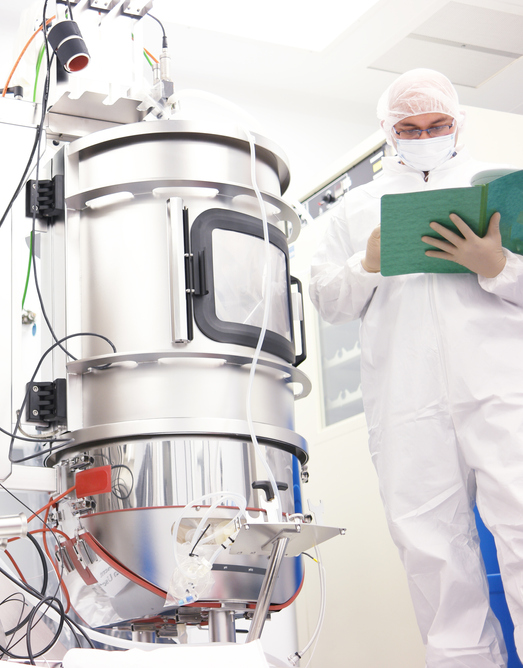Data is the lifeblood of the digital drug manufacturing plant and the network through which it flows–the internet of things–its circulatory system. And for Jun Huang, Dr. Ing, senior director, preclinical manufacturing and process development, Regeneron, a robust IT infrastructure is by far the most essential element.
“An effective and efficient IT/OT infrastructure is crucial for supporting various processes and operations in a biopharmaceutical company and foundational to digital transformation,” he says.
Interoperability, scalability, integrated analytics, and security are key elements of IT/OT systems, according to Huang, who says linking the technologies involved can sometimes be a challenge.
Multidimensional challenges
“Overall, the challenges are multidimensional, requiring people, technology, and process to address,” continues Huang. “These challenges include integrating bioprocessing systems from different suppliers with varying data formats, communication protocols, and interfaces, which poses difficulties for seamless integration.”
To that end, Huang says selecting the right technology vendors and effectively managing them is critical.
“Additionally,” he says “anticipating and planning for future scalability to accommodate growth and changing business needs can be challenging. Harmonizing data formats and establishing a common data model is crucial for effective data management, analysis, and sharing, but it can be a complex task.
“Lastly, data governance, security, cost and culture shift are also involved in setting up the IT/OT infrastructure.”
Drug makers also need to make sure IT/OT networks comply with rules covering manufacturing in their target markets. How to successfully go about ensuring this compliance requires planning, stresses Huang.
“Some companies have set up overarching organizations dedicated to driving digital efforts through systematic strategy development and operationalization,” he notes.
Digital choice
A positive for firms setting up an IT/OT network is the range of technologies available, which has increased in recent years with existing suppliers expanding their portfolios and new companies entering the market.
“Digital solutions specifically designed for biopharma have become increasingly available, offering a range of options to cater to different needs. While dominant suppliers in certain areas exist, such as Sartorius and Cytiva, the biopharmaceutical industry is not limited to a few providers,” Huang tells GEN.
Digital systems are now available for all stages of biopharmaceutical manufacturing, from processing equipment, lab instruments, process automation & control, laboratory information management, manufacturing execution, production planning and scheduling. And industry has a range of technologies from which to choose.
“There are competing digital technology providers in all these areas, some of which are highly specialized niche players, and the landscape of digital suppliers in the biopharmaceutical industry is constantly evolving,” says Huang.
“For a biopharma company, the key for selecting the right suppliers is to carefully evaluate requirements, consider factors like integration capabilities, scalability, support, and regulatory compliance, and select the most suitable digital technology solutions that meet their specific needs, regardless of the dominance of a few suppliers.”


